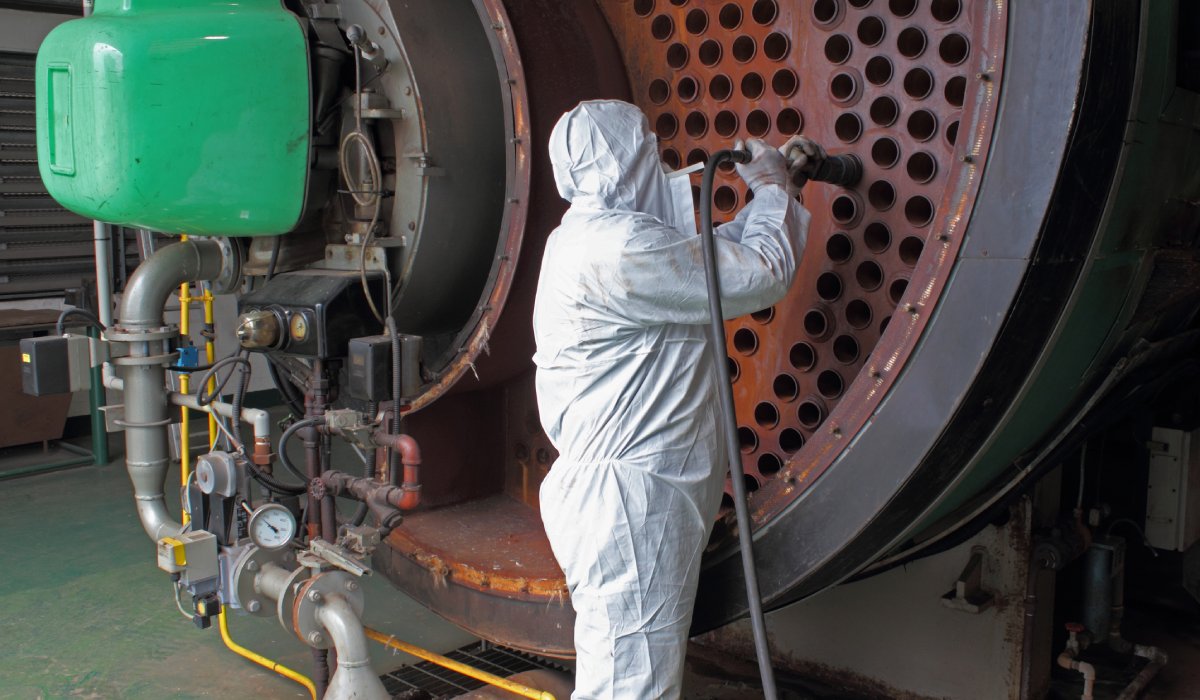Hospitals and clinics across the US rely on secure gas storage to protect patients and staff. Supply failures or damaged cylinders place safety and compliance at risk. Leaders that understand these challenges can strengthen their facilities through best practices that cover regulations, storage design, environmental control, inventory management, and emergency preparation.
Medical gas management begins with understanding the full range of regulations. NFPA 99 establishes technical requirements, OSHA defines handling and storage expectations, CGA publications outline detailed safety procedures, and Joint Commission auditors verify implementation. Managers should combine NFPA, OSHA, CGA, and Joint Commission requirements into a cohesive framework that aligns with facility layout and operational needs.
Each gas carries its own set of risks. Oxygen accelerates fire hazards, nitrous oxide presents misuse potential, nitrogen displaces breathable air, and cryogenic liquids pose frostbite threats. Facilities that evaluate risks in the context of basement storage, rooftop bulk tanks, or hurricane exposure build a sharper profile that informs design choices and daily routines.
There are many reasons to rethink your bulk medical storage like inflexible layouts. The arrangement of a storage area influences efficiency and safety. Separating full and empty cylinders reduces confusion, while clearly marked pathways keep exits accessible in emergencies. Access control limits entry to trained staff and underscores the importance of discipline in high-risk zones.
Physical security prevents cylinders from becoming hazards during accidents or severe weather. Anchored racks, dual-point chains, and storm-rated cages provide stability under stress. One of the best practices for long-term medical gas storage includes installing hurricane-ready restraints that protect cylinders without obstructing staff who need quick access.
Ventilation systems maintain air quality and protect against hidden dangers. Proper airflow removes heavier gases that collect near the floor and prevents oxygen-rich layers from forming at higher levels. By directing circulation behind racks and into alcoves, facilities eliminate stagnant zones that could allow dangerous buildups.
Climate conditions require equal attention. Florida heat accelerates wear on seals and valves, while coastal air corrodes exposed hardware. Facilities reduce corrosion, heat, and ignition risks through shaded storage areas, corrosion-resistant materials, and strict separation of oxidizers from fuel gases.
Inventory control supports safety and accountability. Additionally, clear labels with barcodes or RFID tags helps managers track cylinders from delivery to return. Alongside labels, automated systems display usage levels, losses, and department demand in real time, removing guesswork from planning.
Strong lifecycle practices maintain supply quality. FIFO and FEFO rotations move older stock first, while damaged containers go directly into quarantine until removed by suppliers. Recording each custody event digitally to create a complete chain of accountability that satisfies auditors and reduces risk is one of the best practices for long-term medical gas storage.
Resilient facilities prepare for disruption long before it arrives. Hurricane playbooks move cylinders to secure locations, pre-stage backup reserves, and identify alternate suppliers before storms impact deliveries.
Power-loss plans maintain ventilation and monitoring systems even when electrical service fails. Meanwhile, regular drills reinforce safe handling practices and build confidence in emergency procedures. Leaders across the US can protect their organizations by investing in professional assessments and staff development that strengthen long-term gas storage programs.









